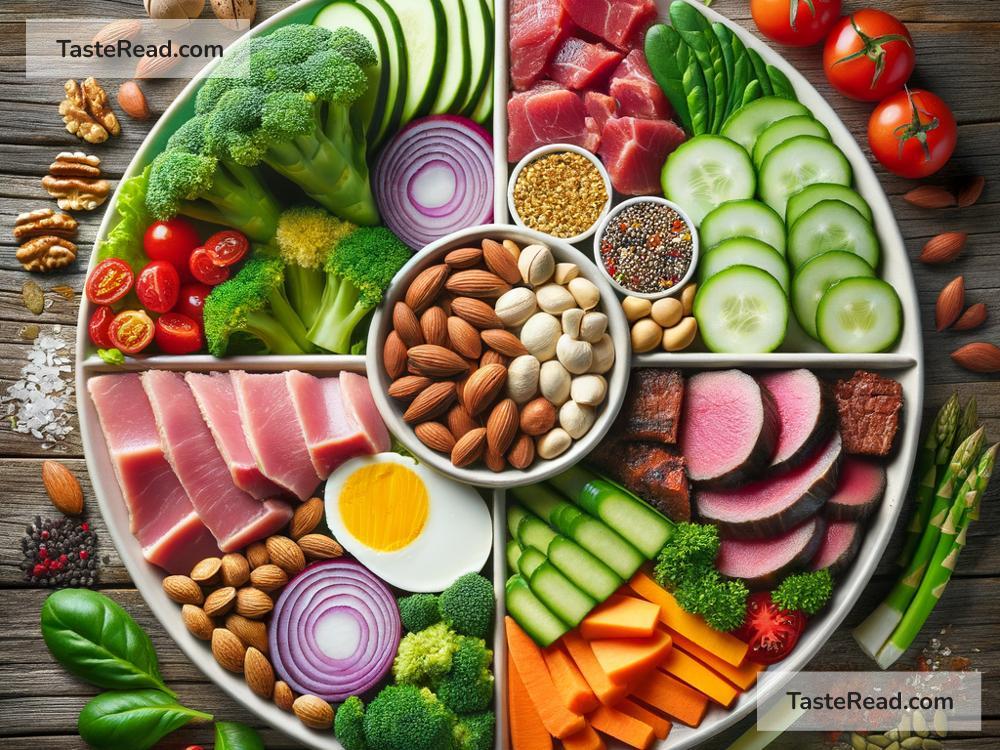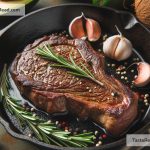How to Create a Balanced Paleo Plate for Every Meal
Embarking on the Paleo diet journey introduces you into a world where modern processed foods are set aside, welcoming a diet that revolves around whole foods that our hunter-gatherer ancestors might have eaten. The core of this diet includes lean meats, fish, fruits, vegetables, nuts, and seeds. However, perfecting a balanced Paleo plate for every meal might seem challenging at first. Worry not! Let’s simplify this and guide you on how to create a harmonious Paleo meal that caters to your nutritional needs and tantalizes your taste buds.
Understanding the Basics
Before diving into the meal creation process, it’s imperative to understand what goes on a Paleo plate. Typically, your Paleo plate should comprise quality protein sources, a generous portion of vegetables, a piece of fruit, and a modest amount of nuts or seeds. Fats come naturally from meat, avocados, or cooking oils like olive or coconut oil. Remember, balance is key.
Step 1: Start with Protein
Every balanced plate begins with a good source of protein. Think grass-fed meats, free-range poultry, wild-caught fish, or eggs. Protein is essential for muscle repair, immune function, and feeling satiated after meals. A palm-sized portion (or about 3-4 ounces for women and 5-6 ounces for men) is a good starting point for each meal.
Step 2: Pile Up the Vegetables
Vegetables are the cornerstone of the Paleo diet. They are packed with vitamins, minerals, fiber, and antioxidants. Half of your plate should be covered with a colorful variety of veggies. Don’t shy away from greens like spinach, kale, and broccoli; they should be your best friends. Be adventurous and rotate your vegetables to benefit from a wide range of nutrients and keep your meals exciting.
Step 3: Add Healthy Fats
Healthy fats are crucial for absorbing vitamins, brain health, and keeping hunger at bay. Incorporate a small amount of healthy fats into every meal. Avocados, nuts, seeds, and oils such as olive or coconut are excellent choices. A tablespoon of oil for cooking or dressing salads, a quarter of an avocado, or a small handful of nuts or seeds is all you need to balance your Paleo plate.
Step 4: Fruit for Sweetness
Fruits can add a natural sweetness and additional fiber, vitamins, and antioxidants to your Paleo meal. Opt for a small piece of fruit to complement your meal or as a dessert. Berries, apples, and citrus fruits are not only delicious but also lower in sugar and high in nutritional value.
Step 5: Hydration Matters
Hydration is an often overlooked aspect of a balanced meal. While not part of the plate, drinking enough water throughout the day is vital for overall health. Fresh herbal teas or coconut water are also excellent hydration options that fit well within the Paleo framework.
Fine-Tuning Your Paleo Plate
-
Listen to Your Body: Each individual has unique nutritional needs. Pay attention to how your body responds to different foods and quantities. Adjust as necessary to achieve your desired level of energy and satisfaction from your meals.
-
Practice Portion Control: Even with healthy foods, it’s easy to overeat. Be mindful of the sizes of the portions you’re adding to your plate, especially when it comes to nuts and fruits, which are higher in calories.
-
Keep It Seasonal and Local: Opt for seasonal and locally sourced produce and proteins whenever possible. Not only does it ensure the freshness and nutritional value of your ingredients, but it also supports the environment and local economy.
-
Spice It Up: Herbs and spices can transform a meal from ordinary to extraordinary without adding any extra calories. They also boast health benefits of their own.
Creating a balanced Paleo plate for every meal doesn’t have to be complicated. By following these simple steps and listening to your body, you can enjoy nourishing, delicious meals that support your health and well-being. Remember, balance is a journey, not a destination. Explore, experiment, and enjoy the process of discovering what works best for you on your Paleo adventure.


